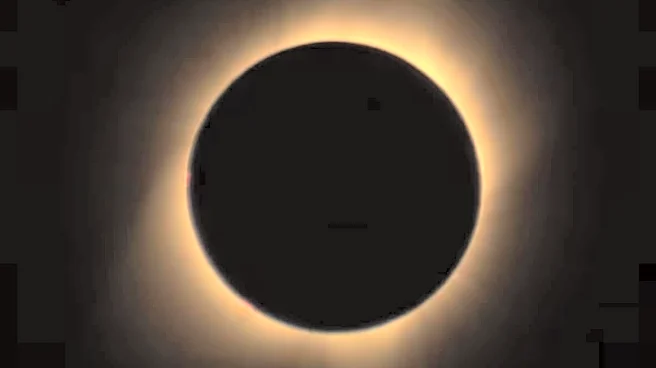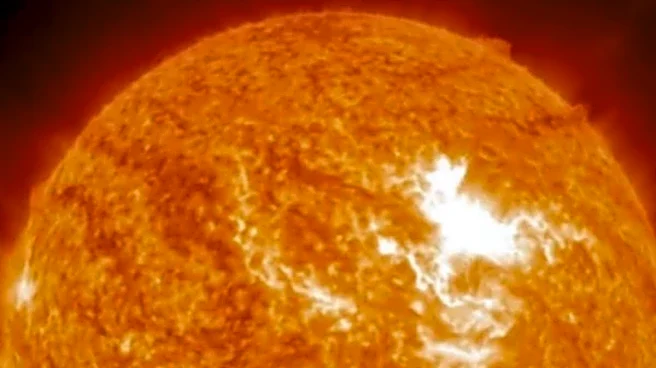
NASA has reported the discovery of an object so strange that it’s forcing astronomers to rethink what they know about stars, planets and even the forces shaping our galaxy. The space agency has identified
a fast-moving red sphere racing across the Milky Way, officially named CWISE J1249, and early research suggests it defies every existing category of known celestial bodies. It moves like a rogue planet, looks like a failed star, carries surprisingly unusual physical traits, and is travelling faster than almost anything we’ve ever recorded in space. The find has triggered a global scientific investigation as astronomers rush to understand what this object truly is and what its origins could mean for the future of astrophysics.What Exactly Is CWISE J1249?The strange celestial object first appeared in data captured by NASA’s Wide-field Infrared Survey Explorer (WISE), a space telescope designed to locate faint and cold cosmic bodies using infrared light. At first glance, it seemed like just another bright dot, but motion analysis revealed something extraordinary. Unlike typical rogue planets that drift slowly through empty space, CWISE J1249 is blazing across the galaxy at more than one million miles per hour. To put that speed into perspective, Earth orbits the Sun at around 67,000 mph, fast-moving stars average roughly 200,000 to 500,000 mph, and even the Milky Way’s own rotation measures about 515,000 mph. CWISE J1249 is travelling twice as fast as that.A Celestial Body That Refuses To Be ClassifiedSpectroscopic studies, as reported by NASA show that CWISE J1249 has a very low mass, almost no metal content, and a peculiar infrared signature unlike anything currently known. It emits heat, but not with the brightness of a star; it holds its spherical structure through gravity, but it doesn’t orbit any star; and while its red appearance shows clear internal energy, it still falls below the normal threshold of a fully formed star. These contradictions have left astronomers unable to officially label it a star, planet or substellar body.ALSO READ: New 3I/ATLAS Videos Raise “Spinning Comet” Claims: Check How To Track And Watch The Interstellar VisitorResearchers believe its unusual properties suggest it could belong to a very ancient population of cosmic objects, formed under conditions drastically different from the modern universe. If true, this would make CWISE J1249 an astrophysical time capsule, one capable of reshaping scientific understanding of how planets and stars formed billions of years ago.Where Did It Come From?Right now, scientists are weighing two leading theories. The first possibility is that CWISE J1249 might be the fragment of a white dwarf star, blasted out during a supernova event and shot into space with unimaginable force. The second theory proposes that it could be a failed star or planet violently ejected from its original star system after an intense gravitational encounter, possibly involving binary stars or even a black hole. However, neither explanation perfectly matches all of its traits, meaning the mystery is far from solved.
/images/ppid_a911dc6a-image-176422753505161461.webp)





/images/ppid_a911dc6a-image-1763968534939802.webp)


/images/ppid_a911dc6a-image-176398303299077475.webp)

/images/ppid_59c68470-image-176395014965570486.webp)


